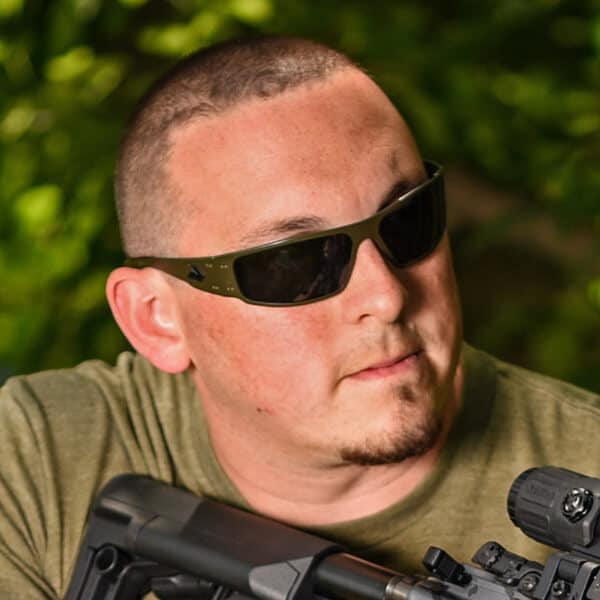Pistol Shooting Drills for Combat Marksmanship
April 21st, 2024
6 minute read
As a firearms instructor and all-around advocate of the Second Amendment, I get asked often about pistol shooting drills and what can be done to improve combat marksmanship. I always say you should train often and train with an open mind.
It’s very important when you make the choice to carry a pistol that you learn everything you can about pistols and how to properly handle them. A pistol on your side does you no good if in a defensive situation you can’t use the thing because you froze up or didn’t have the proper training to keep you in the fight.
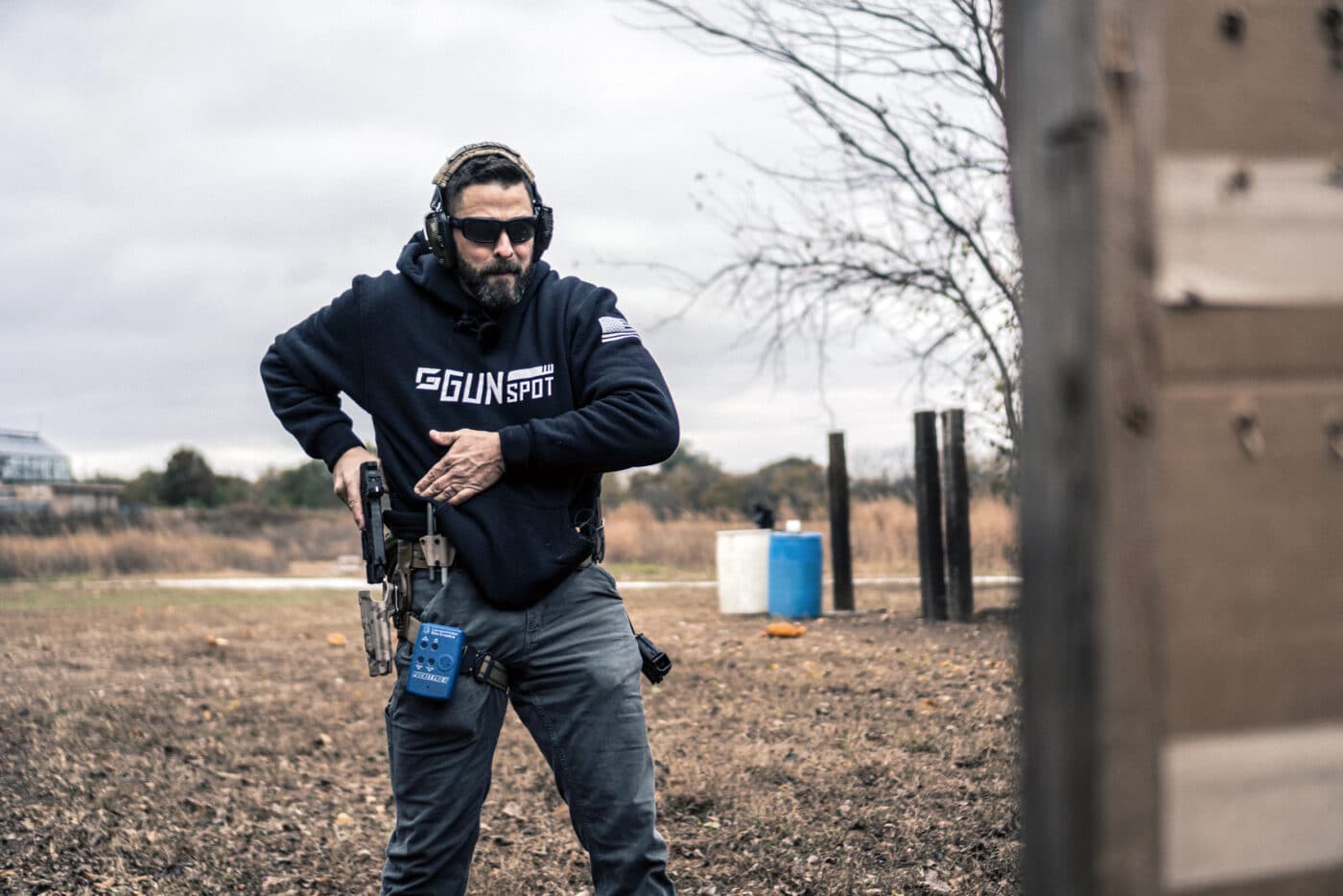
Carrying a gun while being untrained in defensive combat shooting could end up hurting you instead of helping you. If you are looking to better your pistol skills, I have compiled a list of individual drills that may interest you. For concealed carry, each drill teaches a different skill set that can make you a more advanced shooter. Hopefully, you give these a shot next time you are at the range.
Phase 5 Drill
The Phase 5 Drill is all about muscle memory. This drill, like the name implies, consists of five phases or dots that require you to put 10 shots inside of to move on to the next phase.
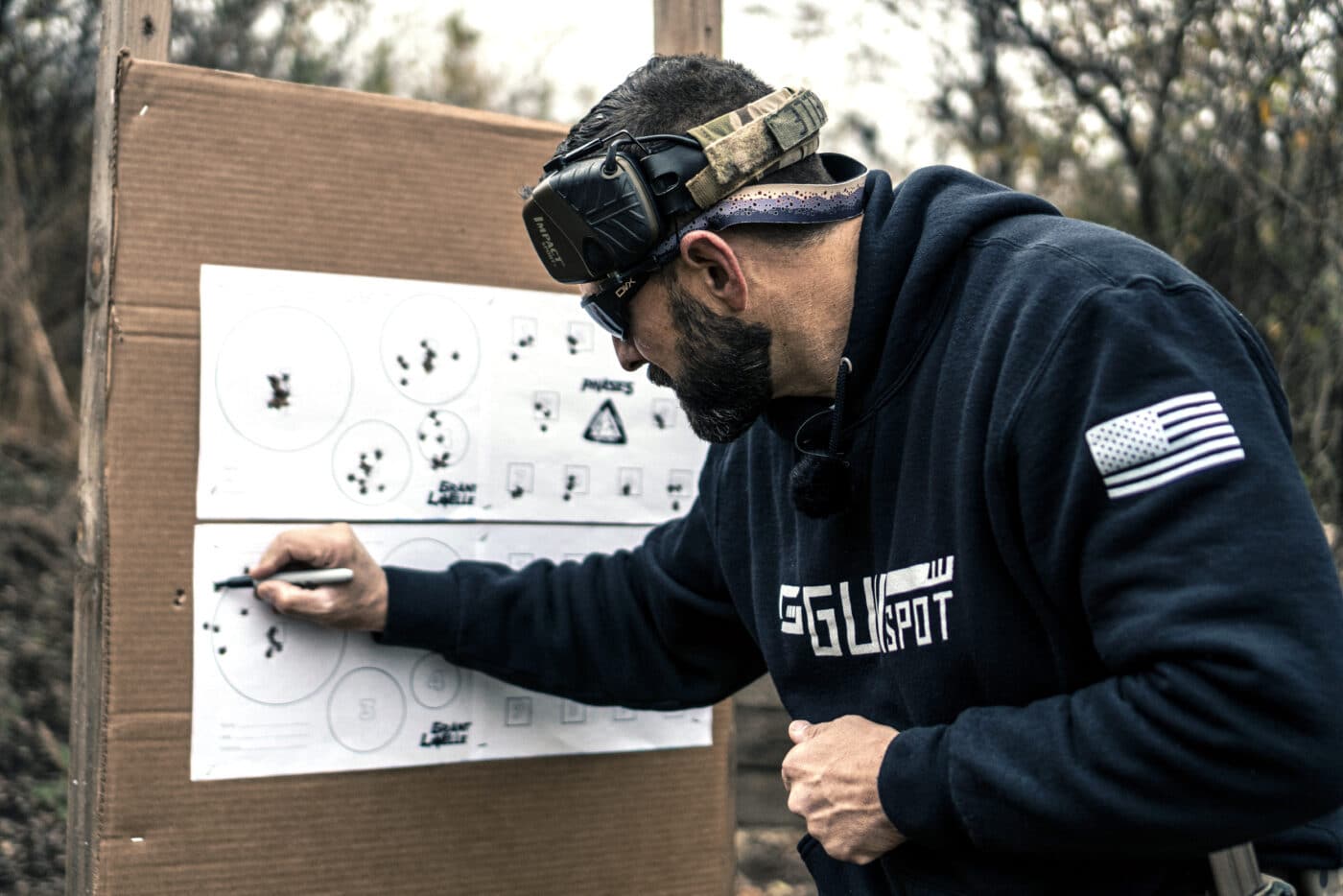
It’s far from simple, but it is one of the best drills I have ever run to work on shot placement, holster draw and speed all in one very simple to run drill. Check out the video and download the specialized target in our detailed Phase 5 Drill article.
Baer Standard Drill
The Baer Standard drill was designed and named after a special forces operator and the owner of Baer Solutions. It really is a simple drill that works on both holster draw and shot placement. It doesn’t necessarily require a shot timer, but this does help if you are trying to push yourself.
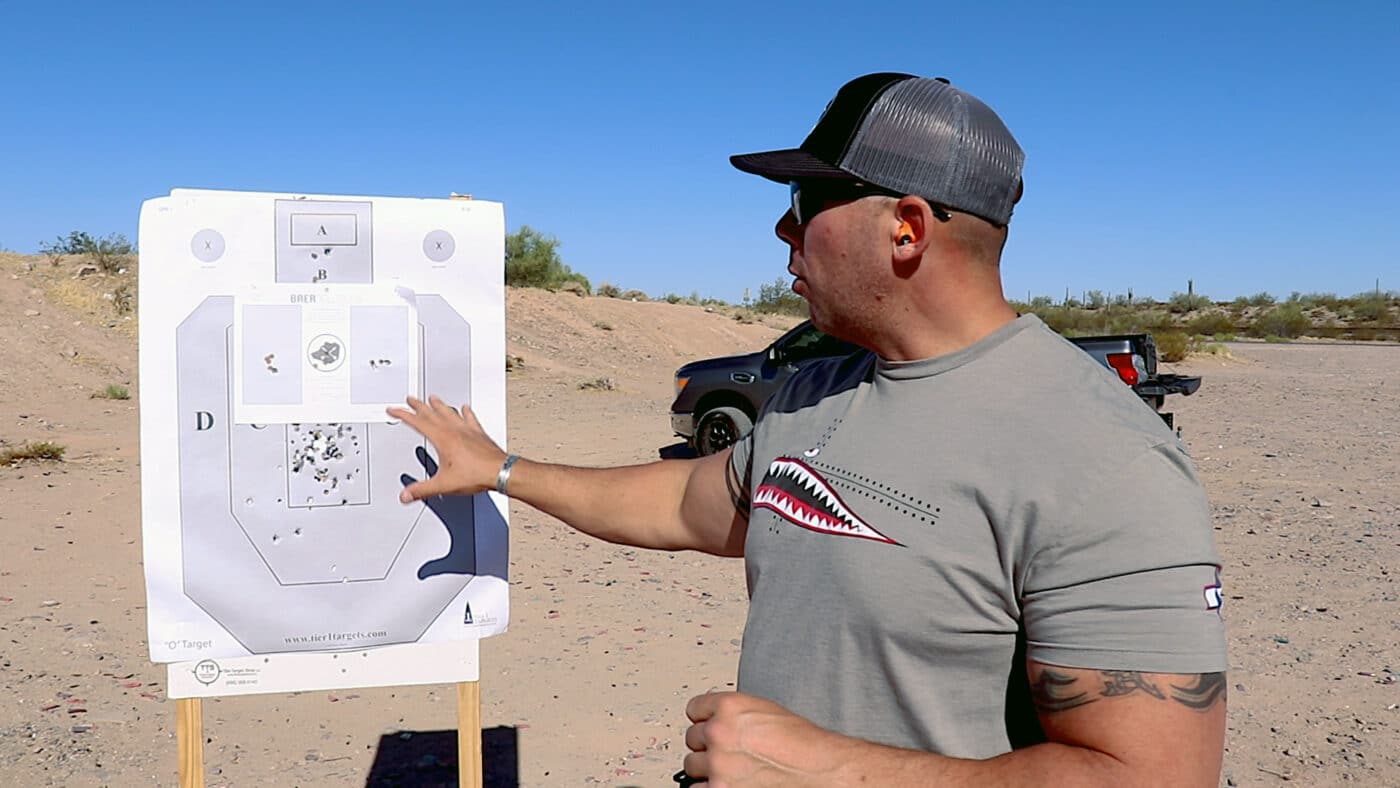
The drill is simple. You draw from a holster with 10 rounds loaded, shoot five rounds in one of two boxes, and then transition to the next box with five more rounds. Conduct a reload and finish with three rounds in the circle that’s in the center of the target. This can be done from any distance you are comfortable with. It’s a great drill to run with a pistol but can also be used with a rifle as well.
Learn more and see it demonstrated in our Baer Standard Drill video.
William Drill
The William is a variation of the Bill Drill that is shot from the holster at 7 yards. Pretty much, the Bill Drill has you putting six rounds center mass as fast as you can. The key is to keep them in that high center chest area. The Bill Drill is great for learning to manage recoil. However, you are running as fast as you can from start to finish.
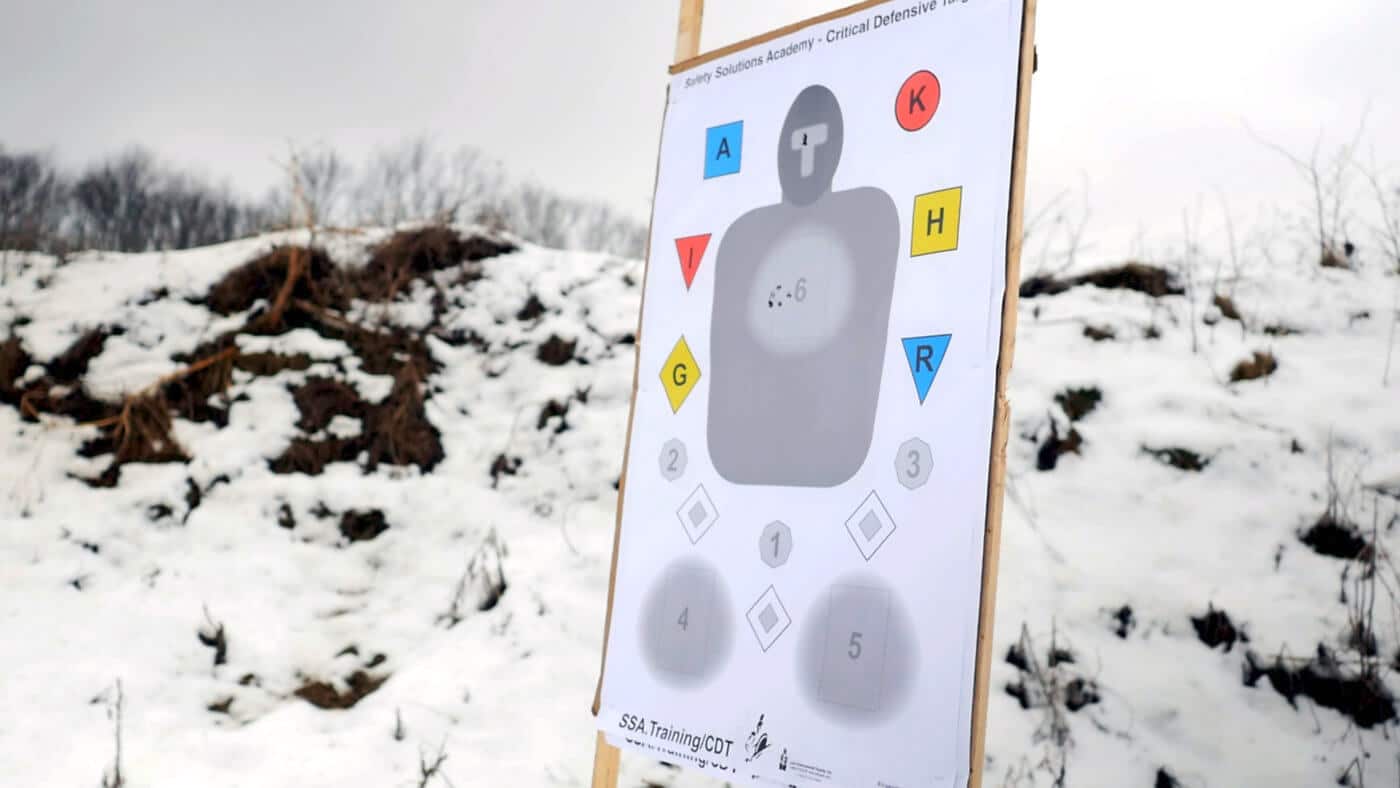
The William is more refined and teaches you to pump the brakes a little. You will run it the same way as the Bill. From the holster at 7 yards, at the signal, draw and fire only five shots into that center chest area. Then you will transition to the head for one shot, also in the center portion of the head of the target. This takes you from all-out to precision very quickly.
Check out Paul Carlson’s William Drill video.
Dot Torture
Dot Torture is one of my personal favorite drills to run at the range. The target is readily available all over the internet and really assists any shooter no matter what their skill level. You will learn presentation as well as trigger control. This one only requires 50 rounds of ammo also. Each circle on the target represents a different drill that you can run from a holster or from your low-ready position. There are 10 circles on the target.
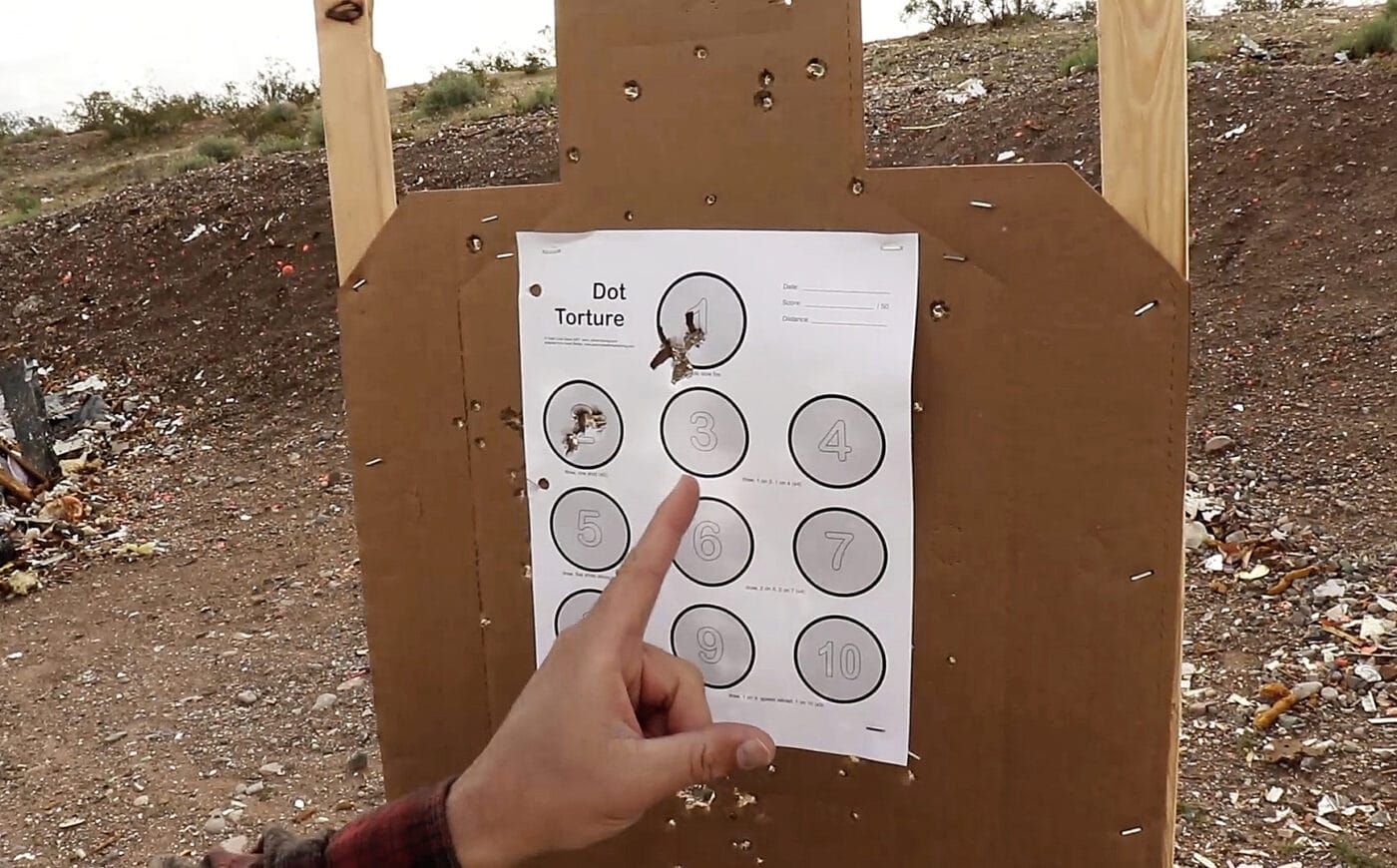
The drills start with five rounds of slow fire in the first dot. You then progress through transitions, reloads, draw and presentation, strong-hand-only shooting, as well as off-hand-only shooting. It will take a little bit to remember all the drills involved, so make sure you write them down before you head to the range. I actually write them above each dot, so I don’t forget. See the video tutorial to learn the proper order of the Dot Torture Drill here.
El Guapo Drill
The El Presidente is a drill that was originally designed for training with the lower-capacity firearms of the past. You start off with three targets downrange and your back turned to them. Turn around and fire two shots into each target, reload, and fire two shots into each target again.
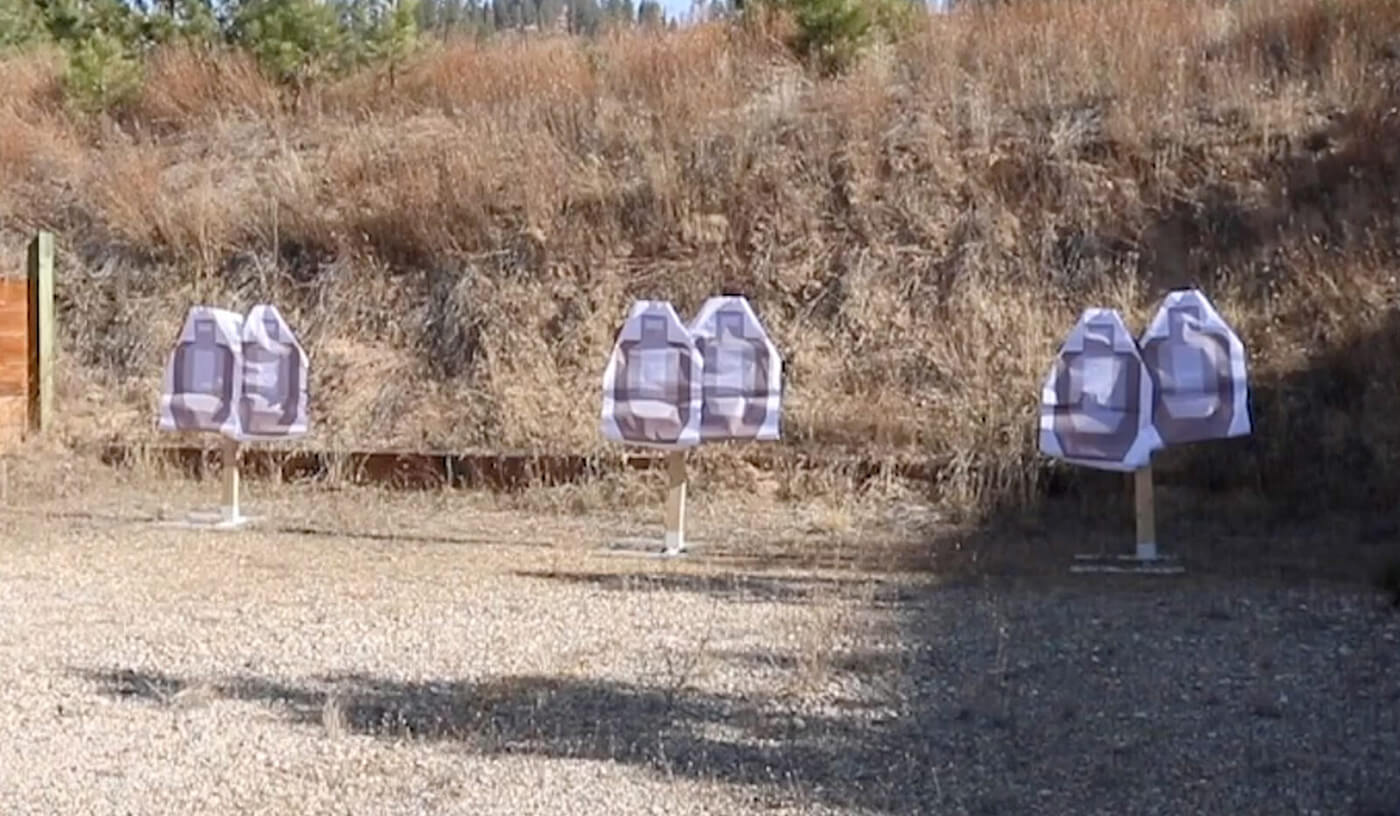
This is great, but with new pocket pistols carrying more than 15 rounds, the drill needed an update. Called the El Guapo, this drill is in essence the same as the El Presidente; however, you up the number of targets to six. So, you still fire two rounds in each target as fast as possible, reload, and then fire two more into each target. Work on getting those times up.
See it in action and learn a little more about the El Guapo Drill in Clay Martin’s article.
Failure To Stop Drill
The Failure to Stop Drill is training for a defensive encounter where the threat won’t stop. This is a case where the bad guy is actively coming at you and rounds at center mass are not effective.
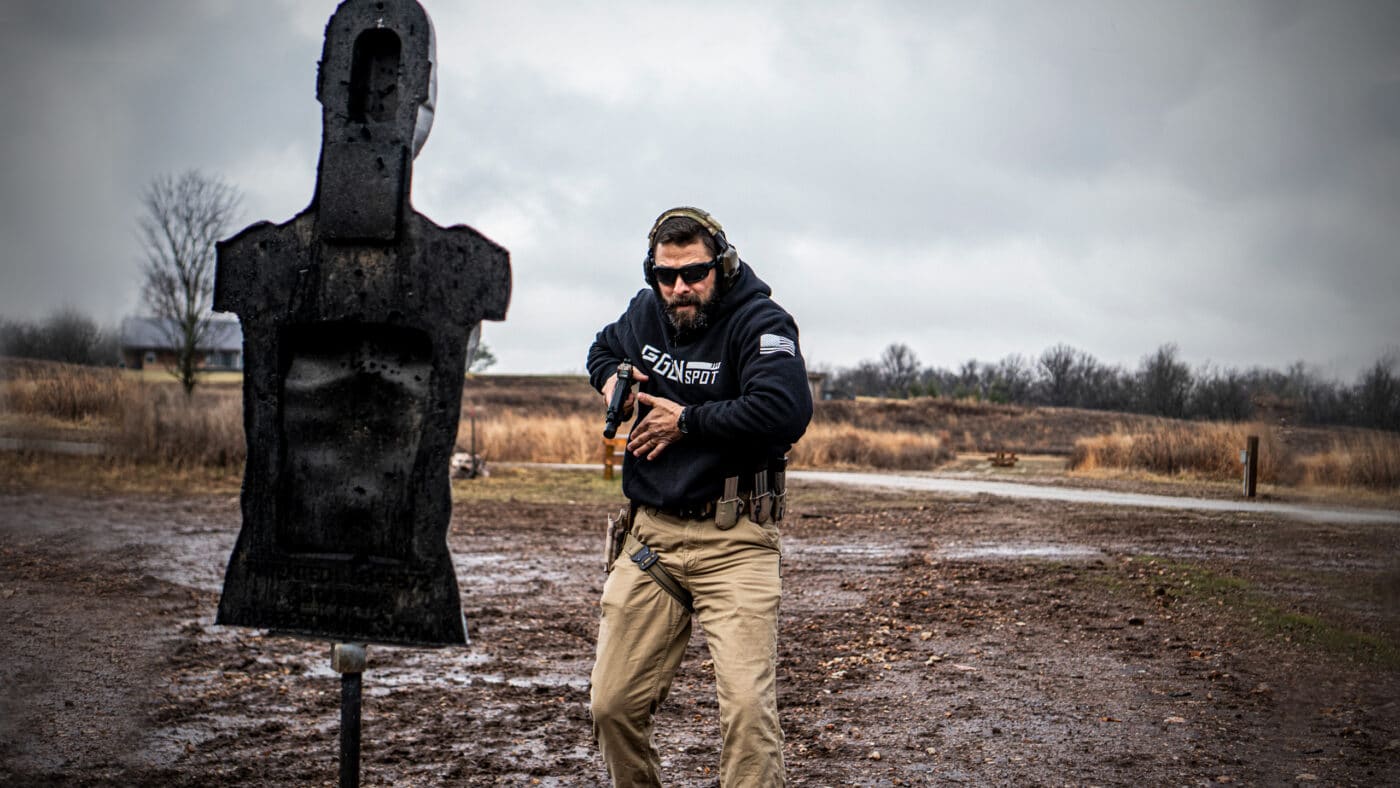
Maybe the guy has on some armor or is just on some drugs making him seem superhuman. The Failure to Stop Drill prepares you for these situations and can help you end a threat quickly.
The Failure to Stop Drill consists of three shots total. Two shots center mass chest, and then one shot to the head to stop that threat. Draw from your holster, put two in the chest area, and then one to the head as fast as possible. Once you get comfortable, add in movement. Learn more about the classic Failure to Stop drill here.
Threat Response Drill
Training to respond properly in a defensive encounter is very important. The Threat Response Drill prepares you for different situations out in the real world.
There are three different drills within this drill. The first component is a very close-range threat with no cover or obstacles available. This response will teach you how to create distance in a fight.
The second response situation is a threat at a medium range with no cover available. This drill gets you moving offline while drawing from your holster. Movement is key in this one as well.
The third portion of this is a threat at a medium range with some form of cover available. Again, you got to move but this time you are sprinting to cover then draw from your holster and put rounds on the target. Obviously, these drills need to be done at a range that allows for movement.
See more about these in Mike Seeklander’s threat response drill article.
Conclusion
I hope some of these drills help you out with adding a little more to your training. Remember to always train safely and within your personal limits. Many of these drills require drawing from a holster. Make sure you practice that skill separately with an unloaded firearm before heading out and trying to do drills. Work your way up to the drills you want to do. This is all about having fun while learning skills that one day may save your life.
Editor’s Note: Please be sure to check out The Armory Life Forum, where you can comment about our daily articles, as well as just talk guns and gear. Click the “Go To Forum Thread” link below to jump in!
Join the Discussion
Continue Reading
Did you enjoy this article?

 414
414





